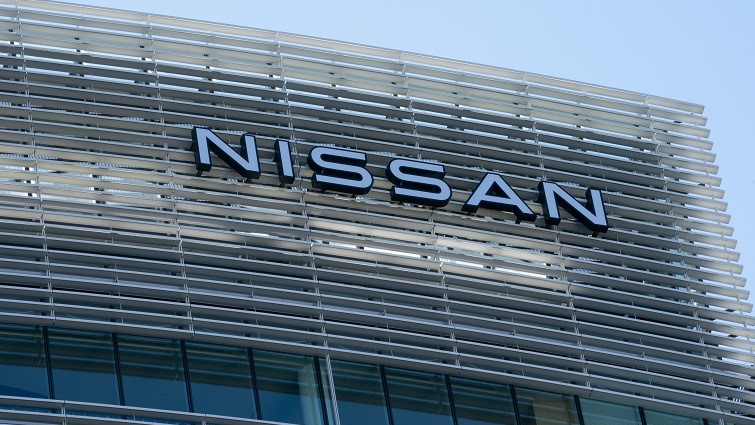Nissan has initiated demonstrations of a prototype vehicle equipped with its proprietary autonomous drive technologies. This development marks significant progress towards the company’s objective of launching autonomous mobility services by fiscal year 2027.
Enhanced detection and navigation
The new prototype, based on the Nissan Leaf, features an array of 14 cameras, 10 radars, and 6 Lidar sensors. These advancements aim to improve the vehicle’s ability to detect and navigate its surroundings in complex urban settings. The inclusion of roof-mounted sensors broadens the detection area, enhancing environmental awareness and accuracy.
“These technological improvements allow for better recognition, prediction, and control functions,” said a Nissan spokesperson. “The prototype demonstrates its capabilities in predicting pedestrian behaviour, conducting lane changes, and navigating intersections safely.”
Steps towards autonomous services
Nissan has been exploring autonomous mobility service models since 2017. The current demonstration operates at SAE Level 2, involving a safety driver. The company plans to expand these functionalities and commence autonomous-drive mobility services in Japan by 2027, in collaboration with local authorities and transport operators.
In the fourth quarter of this fiscal year, Nissan will begin trials in the Minato Mirai area. These trials will progressively increase the level of autonomous driving functionality, with a focus on evaluating customer acceptance. The aim is to start providing driverless services by fiscal year 2025, moving forward with service demonstration tests.
Government collaboration
The initiative is conducted in cooperation with the Japanese Ministry of Economy, Trade and Industry; Ministry of Land, Infrastructure, Transport and Tourism; and other central ministries. These ministries will support the initiative through the Level 4 Mobility Acceleration Committee, promoting new autonomous mobility services.
Addressing transportation challenges
Nissan’s autonomous driving technology is seen as a potential solution to transportation issues faced by local communities, particularly in Japan, where an ageing population has resulted in a shortage of drivers. The company’s long-term vision includes leveraging this technology to enhance mobility and address these challenges.
Future prospects
As Nissan continues to develop and refine its autonomous vehicle technology, the company remains focused on meeting its 2027 target for deploying autonomous mobility services. This initiative is expected to play a crucial role in shaping the future of transportation in Japan and potentially in other regions.
Nissan’s recent demonstration of its autonomous vehicle prototype represents a significant milestone in its journey towards offering autonomous mobility services. By working closely with governmental bodies and addressing local transportation challenges, Nissan is positioning itself at the forefront of the evolving autonomous driving landscape.



